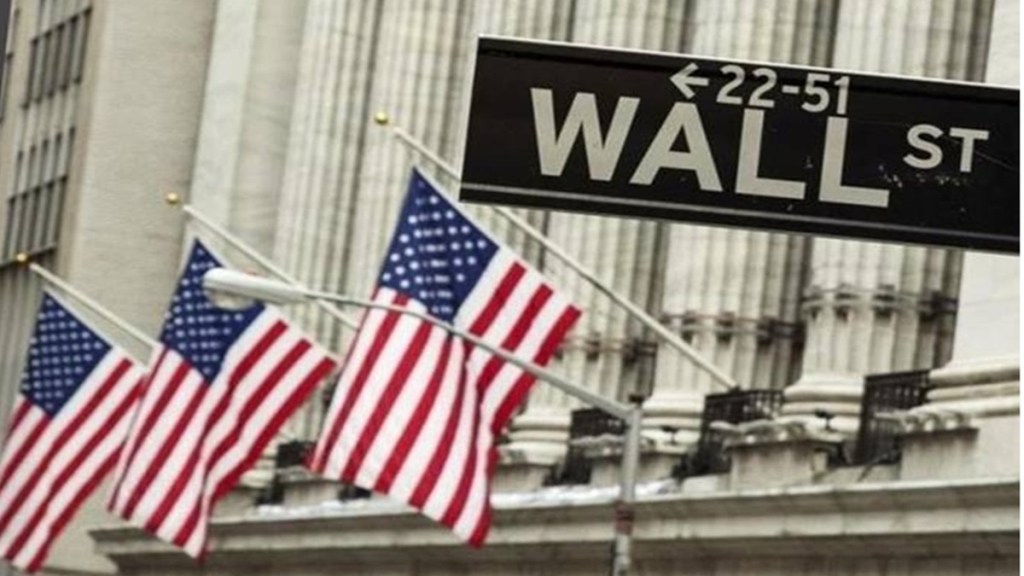On Memorial Day, the markets will be closed for trading, so there will be no active turnover of stock prices. This holiday falls on May 29th this year, making it a stock market holiday in the US stock market.
The final Monday in May is observed as Memorial Day each year. The Nasdaq and NYSE are both closed for trading on Memorial Day in the US, making it a stock market holiday. The stock market observes Memorial Day as a trading vacation in honour of American servicemen who died while performing their duties.
The markets will therefore close on May 26 and won’t reopen until May 30 on Tuesday. The market will close at 4 p.m. Eastern time on May 26 and won’t reopen until 9:30 a.m. Eastern on May 30.
Because Memorial Day is a Federal Reserve Bank Holiday in the United States, it is likely that commercial banks and other financial institutions will be closed or operate with fewer hours. The US Bond Market will close early on May 26 at 2:00 p.m. in addition to being closed on Memorial Day.
Memorial Day will witness the closing of all non-essential federal government services, including federal banks and post offices, as it is one of the eleven officially recognised federal holidays in the nation.
The next American stock market holiday will be Juneteenth, which happens on June 19, 2023.
Ten US stock market holidays and two half-day holidays will be observed by Nasdaq in 2023. The list of US stock market holidays includes Martin Luther King Jr. Day, Presidents Day, Good Friday, Memorial Day, Juneteenth, Independence Day, Labour Day, Thanksgiving (with an early closure at 1 pm EST on the following day, popularly known as Black Friday), and Christmas Day.
On Friday, the US stocks rose on expectations of a debt ceiling agreement, with the Dow Jones up 329 points and the S&P 500 up 1.3%. The Nasdaq Composite increased 2.2%, driven by Marvell’s 32% increase following high revenue projections related to AI technologies. Nvidia’s stock price jumped 24% over the past 5 days, while the Dow Jones Industrial Average (DJIA) saw a 1% decline.
Meanwhile, US debt ceiling crisis appears to have been averted as White House, Republicans reached a deal. According to reports, the agreement includes a two-year raise in the debt ceiling and a two-year appropriations pact that maintains non-defense expenditure at about current levels. Earlier, in order to purchase time for debt ceiling negotiations, Treasury Secretary Yellen had declared that the department anticipates being able to make payments on US bills up until June 5.

